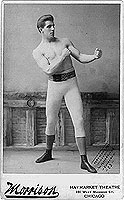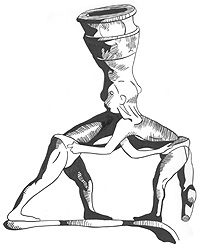September, 2018
Ishmael and I were following the flooding in the east. In Maryland, Miss Ezz said she has only seen the sun once in the past ten days—and the real rain is just bearing down, with the ground sodden and man-made lakes full since June. People on the coast routinely get flooded in the Carolinas, Maryland and New Jersey and ocean fronts in Delaware and Maryland can just get swept away.
The settlements for the first 200 years of European expansion into North America, were all on navigable rivers, bays or sheltered harbors, wind power being their only means of transporting goods. Great families would eventually establish inland plantations and own agricultural property inland as well as maintaining a shipping pier on the river or bay. Owners of self-contained plantations, if they had a dock, would not be subjected to the meddling and filth of a wretched place like Jamestown or Baltimore Town. So there was a built-in status to owning coastal property, as well as the opportunity on ocean fronts to avoid the sweltering heat of the interior and the mosquitos and flies of the river bottoms. The Delmarva Peninsula, facing the windswept ocean, made a cool retreat from the summer heat and pests.
However, such windswept retreats were only sought during the few warmest months of the year, as Plantation America was populated entirely during the Little Ice Age, from 1585 through 1808, during which the majority of the population was imported during the Maunder Minimum, from the mid-1600s through mid-1700s, and the Dalton Minimum, from the late-1700s through the early-1800s. These times featured extreme cold, even snow in summer. Much of this immigration was a dumping of excess population due to European famines caused by these very cool climate conditions. Hence the towns and cities were built with dwellings close together, attached in rows of houses if possible, with the gentry occupying not the margins where they flee to now, for the houses on the edge of town were coldest, but the center of town, using the houses of the less well-to-do and newly arrived as windbreaks and insulation.
Then, after the Civil War, with American industry booming, these towns, having become large cities, were increasing paved, flat-roofed houses tarred and were sweltering heat traps during the summer. The wealthy either bought summer homes in the cooler surrounding hills or began to imitate the ancient gentry who had retained waterfront retreats, and literally founded resort towns such as Ocean City, Maryland.
The most recent change in gentry recreation has been heading to mountain states for the summer, as the criminal class of east coast inner cities now mob ocean front resort towns and conduct brawls that extend for city blocks. At the end of the Modern Warm Period and on the cusp of the next ice age, with torrential rains soaking the coastal plains in spring and fall and hordes of savages pillaging the boardwalks once walked by the elite, the logic of these previous ages are not readily apparent. The hints, remain, however, in the structure of cities like Baltimore and Philadelphia and the fact that the ancient instinct of the elite to nest at the center of such coastal cities is reasserting itself, even in the face of rampant crime.
Explore Plantation America
Support Plantation America Research
To support this project and view some graphics go to:
link › patreon.com/jameslafond











